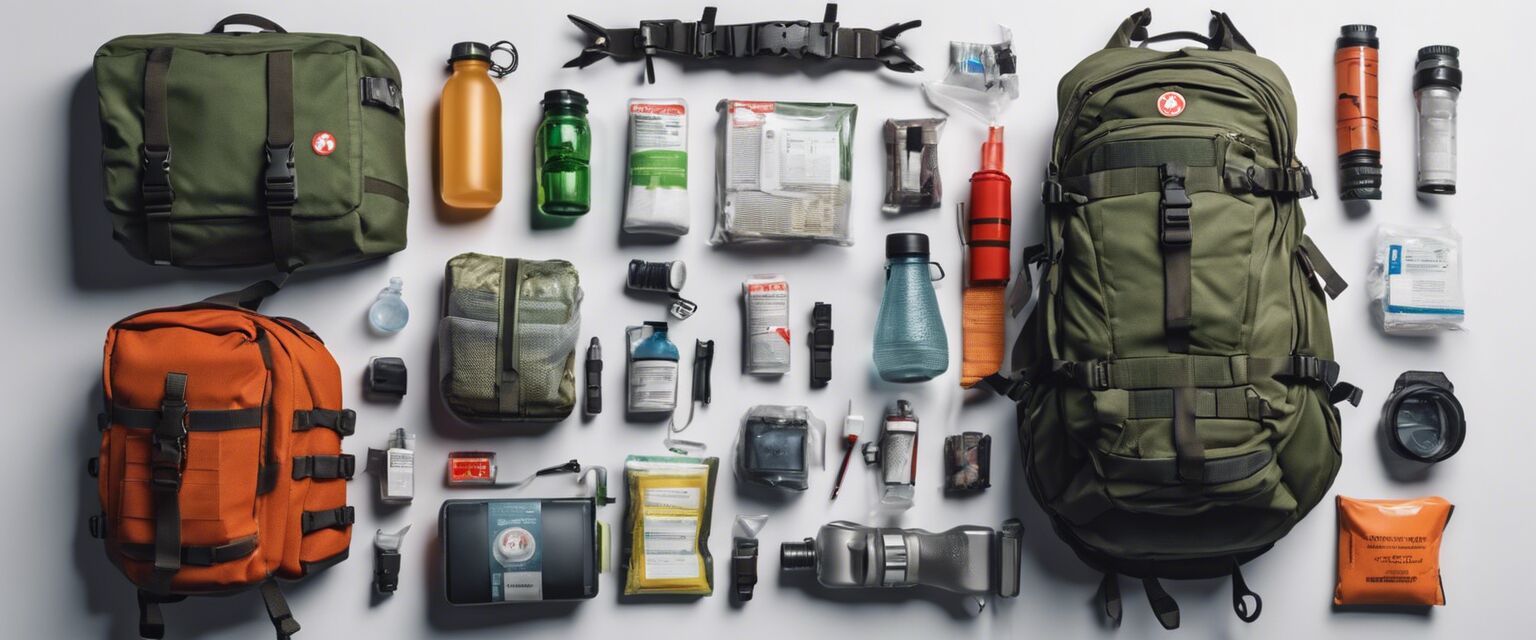
Basic Survival Tools
In any emergency situation or when spending time in the great outdoors, having the right survival tools can mean the difference between life and death. Understanding the essential tools needed for basic survival can prepare anyone for unexpected challenges. Letâs cover the must-have items to ensure your survival in various environments and situations.
Key Takeaways
- Always carry basic survival tools for emergencies.
- Unique tools cater to specific needs in survival situations.
- Prepare for various environments including wilderness and urban settings.
- Regularly check and maintain your survival gear.
Essential Survival Tools
Each survival situation may require different tools, but the following categories encapsulate the essentials:
| Tool Category | Description |
|---|---|
| Fire Starters | Used to ignite fires for warmth, cooking, and signaling. |
| First Aid Kits | Contains medical supplies to address injuries and health emergencies. |
| Knives | Versatile tools for cutting, preparing food, and protection. |
| Multi-Tools | Combines several tools into one compact device for versatility. |
| Navigation Tools | Includes compasses and maps for orientation in the wilderness. |
| Shelter Equipment | Items like tarps or tents to provide coverage and safety. |
| Water Purification | Methods or equipment to ensure clean water supply. |
1. Fire Starters

Light fires to stay warm or cook food. Some examples include waterproof matches, lighters, and magnesium fire starters. For more details, check out our page on fire starters.
2. First Aid Kits
A well-stocked first aid kit is crucial for addressing injuries. Key components should include band-aids, antiseptics, gauze pads, and emergency instructions. Explore more options in our first aid kits section.
3. Knives

Knives are essential for preparing food, cutting rope, and other tasks. Look for knives that are sturdy, sharp, and easy to handle. Learn more about selecting the right blade in our knives category.
4. Multi-Tools
Multi-tools come equipped with various functions, such as pliers, screwdrivers, and blades. They are lightweight and compact, making them great tools for survival scenarios. For options, check out our multi-tools page.
5. Navigation Tools

In wilderness survival, itâs vital to know the way. Carrying a reliable compass and a map can prevent getting lost. For more information, visit our navigation tools section.
6. Shelter Equipment
Staying protected from the elements is crucial in survival situations. Shelter equipment includes tarps, emergency blankets, and small tents. Check our shelter equipment for more options.
7. Water Purification

Access to clean water is a top priority in any survival situation. Equipment like water filters, purification tablets, and boiling methods can ensure safe drinking water. To explore your options, check our water purification page.
Pros and Cons of Basic Survival Tools
Pros
- Essential for emergency situations
- Enhances confidence and preparedness
- Portable and easy to carry
- Encourages resilience and independence
Cons
- May require regular maintenance and replacing
- Can become heavy if carrying multiple items
- Not every tool is necessary for every situation
Conclusion
Being equipped with basic survival tools can make all the difference in an emergency or outdoor adventure. Familiarize yourself with each tool's purpose and ensure everything is in working order before venturing out. Regular maintenance and upgrading of your survival gear are key practices for ensuring your safety and preparedness.
Additional Resources
For further reading and resources, explore the following:








